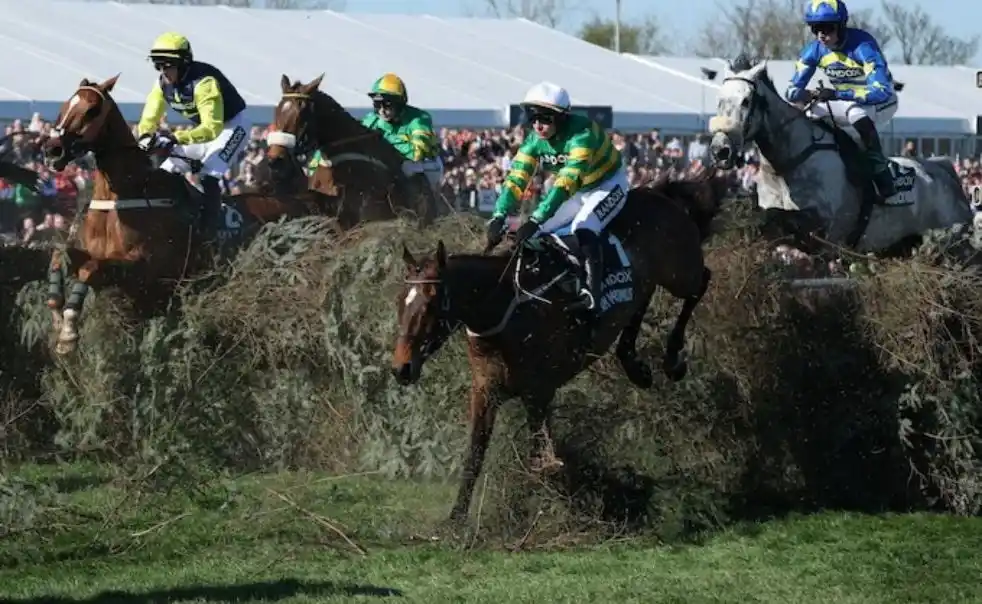Horse Racing Welfare Gives Horses Structure and Quality Care

Elle
Apr 11th 2025
Likes
Share:
Celebre d’Allen died after falling just after the completion of the Grand National on Saturday, and this has reignited calls from campaigners questioning the relevance of Horse racing Welfare in modern-day society. The emotional weight of such an incident is entirely valid, yet the wider perspective paints a different picture—one of structure, focus, and devoted care toward the animal.
Celebre d’Allen, trained by Philip Hobbs and Johnson White, was attended to immediately after finishing the retired racehorse but could not be saved. Though the moment was upsetting, isolated incidents like this do not reflect the daily standard of care that thousands of racehorses receive. Calls to ban Horse Racing Welfare often ignore the consistent effort behind the scenes to provide these horses with not just safety but a lifestyle shaped by routine, health management, and skilled support.
Racehorses lead a very regimented life. The daily feeding, training, veterinary care, and rest periods are all coded into a program of schedules. The horses are under constant veterinary supervision, with detailed checkups being performed before, during, and after racing. Their physical conditions are closely monitored by professional handlers and trainers who manipulate their schedules or treatment programs on a need basis.
Many stable workers spend more time with these horses than they do with their own families. It’s common for horses to develop strong bonds with staff, and decisions made around them are often based on long-term outlooks rather than short-term performance. The idea that these animals are simply used for sport and then discarded misrepresents the care invested in them.
Over the years, Horse Racing Welfare authorities, particularly the British Horseracing Authority (BHA), have implemented more than a handful of new safety changes. The Grand National, formerly more in the wilderness in its unpredictability, is now run under revised terms. Conditions of the Fences have also been changed for risk reduction, and medical teams have been commissioned at several points along the course.
In this direction, Horse Racing Welfare is still very active about the welfare of both active and retired racehorses. Continued support for the retired racehorse in which it provides the kind of care it deserves on the conclusion of its racing career. Welfare initiatives such as these will help Horse Racing Welfare provide very important assistance to retired racehorses in facilitating their transition from racing to normal life.
Quite a number of racehorses manage to retain their vitality and get to enjoy long and healthy lives even after they retire from racing. This is where the work of the various organizations such as the Retraining of Racehorses (RoR), comes in: discovering fresh purposes for the former athletes, either as members of equestrian sports, stepping into the leisure riding role, or as therapeutic applications. These horses are generally very well-trained and adaptable to structured environments beyond the racetrack.
Consider the case of Mon Mome, 2009 Grand National winner turned professional party guest for public functions. His post-racing life is neither rare nor exceptional—many horses go on to live with former stable staff, riders, or owners who choose to support them in retirement.
While the public’s reaction to incidents like Celebre d’Allen’s death is valid, using it as a reason to push for a total ban overlooks both the improvements already made and the work still ongoing. Horse Racing Welfare, like many activities involving animals, involves risk. But unlike casual assumptions often shared online, it is also governed by strict rules, oversight, and a system built to protect both the horses and those who care for them.
It’s important to have discussions around safety, but those conversations should include context. Horse Racing Welfare connects rural communities, supports employment, and upholds traditions that involve deep relationships between humans and animals. Removing it altogether based on isolated cases risks discarding the progress and care behind the sport.
Rather than targeting the sport with bans, attention is better directed toward supporting ongoing improvements. This includes funding for post-racing care, continued review of racecourse standards, and better communication with the public around how horses are managed day-to-day.
Celebre d’Allen’s passing was upsetting for those close to him and many watching around the world. But his life, and the lives of thousands like him, revolved around attention, planning, and support from experienced professionals. For many horses, Horse Racing Welfare is not a burden—it’s a purpose they’re bred and raised for, and one where their well-being is not an afterthought but a daily responsibility.
